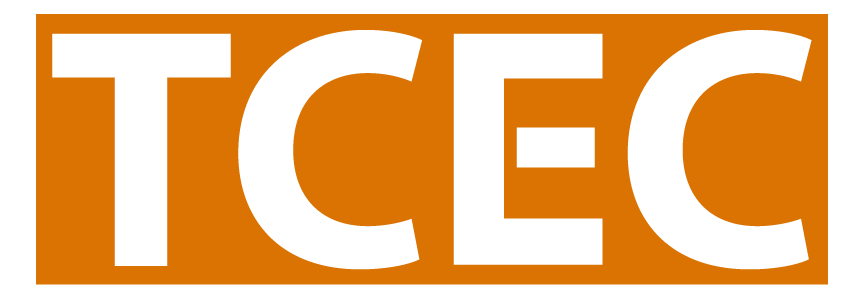
Reporting for the Future
Using Reports to Maintain Organizational Memory
Have you heard the phrase, “An organization is only as good as its people?”
It’s true that the passionate and dedicated agency staff of California’s tobacco prevention projects are what drive the success of these programs. However, when these team members move on to new projects, jobs, or life paths, what happens to the program’s progress?
Many project directors and new agency staff can tell you—it’s difficult to continually start from square one! Staff turnover is a common challenge for both local lead agencies and competitive grantees working in tobacco prevention.
When an experienced team member leaves, they often take with them not just their expertise, but the context around key decisions, relationships with stakeholders in the community, and lessons learned. Maintaining organizational memory can be difficult, and for new staff members, it can be overwhelming not knowing where to start.
So, what can projects do to ensure that memory (and momentum) is maintained in the event of staff departures? One answer lies in effective report writing—not just as a requirement, but as a tool for preserving the knowledge and continuity of public health initiatives.
It may be tempting to put off writing your project’s Progress Reports, Final Evaluation Reports (FERs), or Brief Evaluation Reports (BERs) until right before they’re due, but staff turnover and the loss of knowledge are one reason we at TCEC recommend writing the report as you go! It’s much easier to reflect on wins, obstacles, and what was learned right after each intervention activity rather than months or years later.
Here are some resources your team can use to document their experiences throughout the objective period:
Staff Diary
The Staff Diary tool is a great way for each team member to briefly reflect on the agency’s overall progress toward its objectives. This doesn’t have to be a long or difficult task— taking even a few minutes each month to jot down key successes and challenges will be helpful in the long run! The trick, of course, is to do it on a regular basis. Try blocking out some time on your calendar each month for “Monthly Review” or something similar.
After Action Review
After Action Reviews are best done immediately after the end of an event or project and require a little more effort than a staff diary reflection. After Action Reviews focus on four questions:
- What was expected to happen?
- What actually occurred?
- What went well and why?
- What can be improved and how?
These discussions should include everyone involved in the project. They can be formal, structured meetings with facilitator, or informal discussions within the team. Either way, the key is open and honest discussion about how things went, and how the program might improve in the future.
Evaluation Tracking Measures
Finally, TCEC helped develop a list of sample deliverables for each evaluation activity, which you can find on Partners:
https://www.tcspartners.org/Files.cfm?FilesID=14706 (pro tip: login to your Partners account first, then click on this link!)
Check out the TCEC website for more resources on documenting your progress!
Remember, reports are the stories we leave behind for those who continue the work. If you have questions about reporting, feel free to reach out to the TCEC team anytime at tcecTA@phmail.ucdavis.edu.
